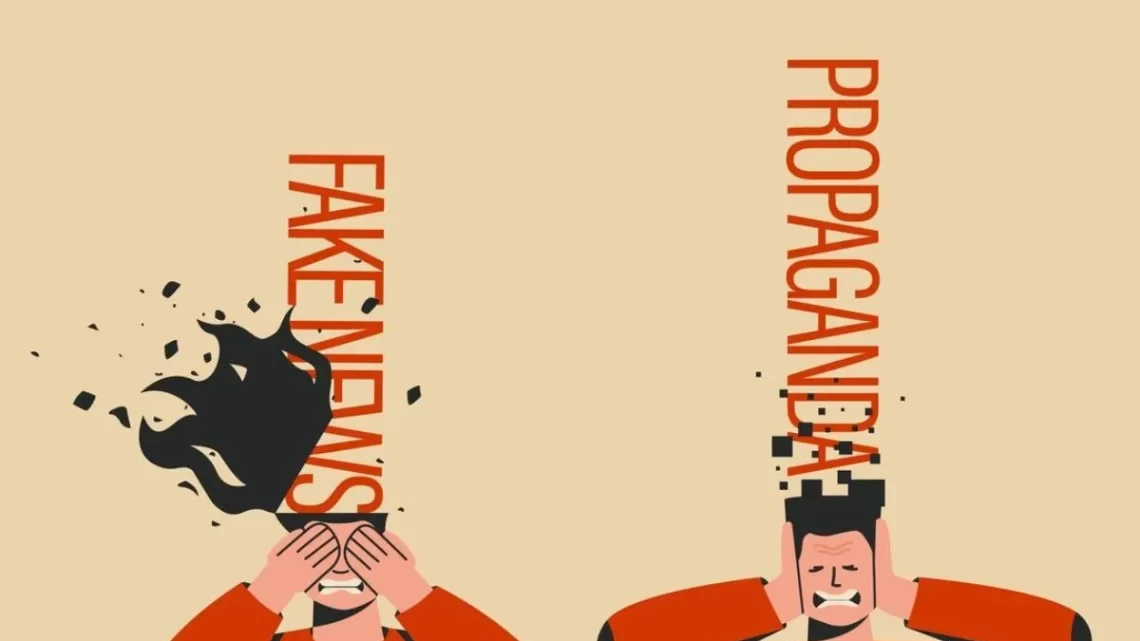
BJP’s Propaganda Moves and Media Dynamics in the Upcoming Lok Sabha Elections
January 16, 2024In anticipation of the forthcoming Lok Sabha elections, the Bharatiya Janata Party (BJP) is orchestrating a multifaceted strategy with the active involvement of its Media Cell. The focal point of their approach is centered on projecting India as a Hindu Rashtra, strategically targeting the local majority voting audience. The ensuing days and months are expected to witness a prominent emphasis on anti-Muslim acts, policies, and propaganda, while anti-Pakistan statements and actions will also play a crucial role.
The BJP is gearing up to introduce a law related to the controversial Citizenship Amendment Act (CAA) and National Register of Citizens (NRC) bill in the parliament. Reports suggest that the party plans to organize anti-CAA protests orchestrated by Indian agencies themselves. This calculated move aims to generate heightened media coverage, particularly focusing on anti-Muslim sentiments. Drawing parallels with the farmers’ protests, the party is expected to emphasize alleged Pakistani involvement behind the protestors to fuel anti-Muslim sentiments.
Furthermore, the Supreme Court’s validation of the abrogation of Article 370 and 35A is set to become a pivotal element in the BJP’s narrative. This significant legal endorsement will be coupled with the historic inauguration of the Raam Mandir. Together, these events are poised to shape a narrative that resonates with the party’s ideological base.
Moreover, a notable aspect of the BJP’s strategy is the focus on an anti-Pakistan narrative, with the impending case concerning the death sentence of Kashmiri leader Yasin Malik. The anticipated verdict in February or March 2024 is expected to be leveraged to reinforce the narrative of taking a strong stance against perceived threats from across the border.
In addition, The BJP’s strategy also includes highlighting the role of the Pakistan Army in internal politics. Key forums like Chanakya and MPIDS are slated to organize conferences and webinars, while pro-BJP channels such as Republic, Zee, and Aaj Tak will host prime-time discussions on political developments in Pakistan.
All in all, this orchestrated approach reflects the BJP’s intention to strategically use legislative initiatives, legal validations, historical events, and anti-Muslim and anti-Pakistan narratives to shape the discourse leading up to the Lok Sabha elections. The integration of media platforms and channels aligns with a broader effort to influence public opinion and consolidate voter support. As these strategies unfold, the political landscape in India is likely to witness a complex interplay between policy, perception, and media dynamics in the months ahead.

